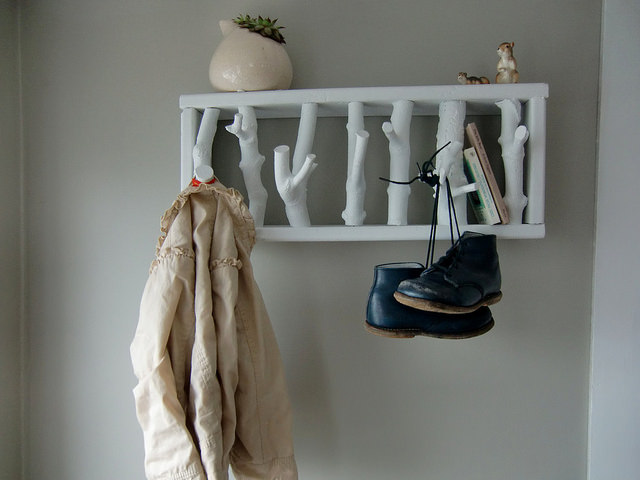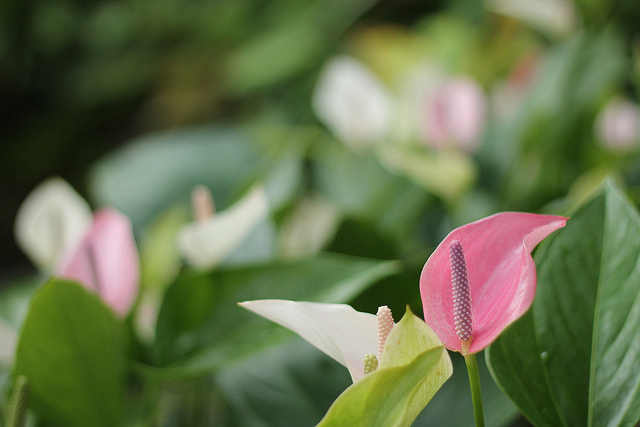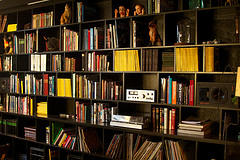Are you one of those people who walk through the door and drop everything right in the entryway? If you answered yes, you might be looking for ideas for controlling clutter in this high-traffic area. These simple tips will show you how to control all of those shoes, bags, keys, and other essentials that tend to accumulate right inside the front door.
- Add hooks. Whether you have an overflowing hall closet or no closet at all, adding simple hooks somewhere that you can easily reach them makes it much simpler to store your jacket, scarf, keys, or purse when you enter the house.
- Add bins. For your shoes, add a few large bins or one long, low bench where people can store their shoes without them amassing a large, unruly pile. You can usually find this type of storage containers at the flea market, thrift store, or any home goods store.
- Try out a locker. For more serious storage, hunt for a row of vintage lockers that will keep everything in place (and also create a cool, industrial look).
- Add a key hook. If you frequently lose your keys, try adding another, smaller row of hooks where you can easily store them every time you come home.
Entryway Ideas [Martha Stewart]
5 Tips for a Clutter-Free Entryway [PopSugar]
Organizing Your Entryway, Hall or Mudroom [Dorothy the Organizer]




 Equal Housing Opportunity
Equal Housing Opportunity